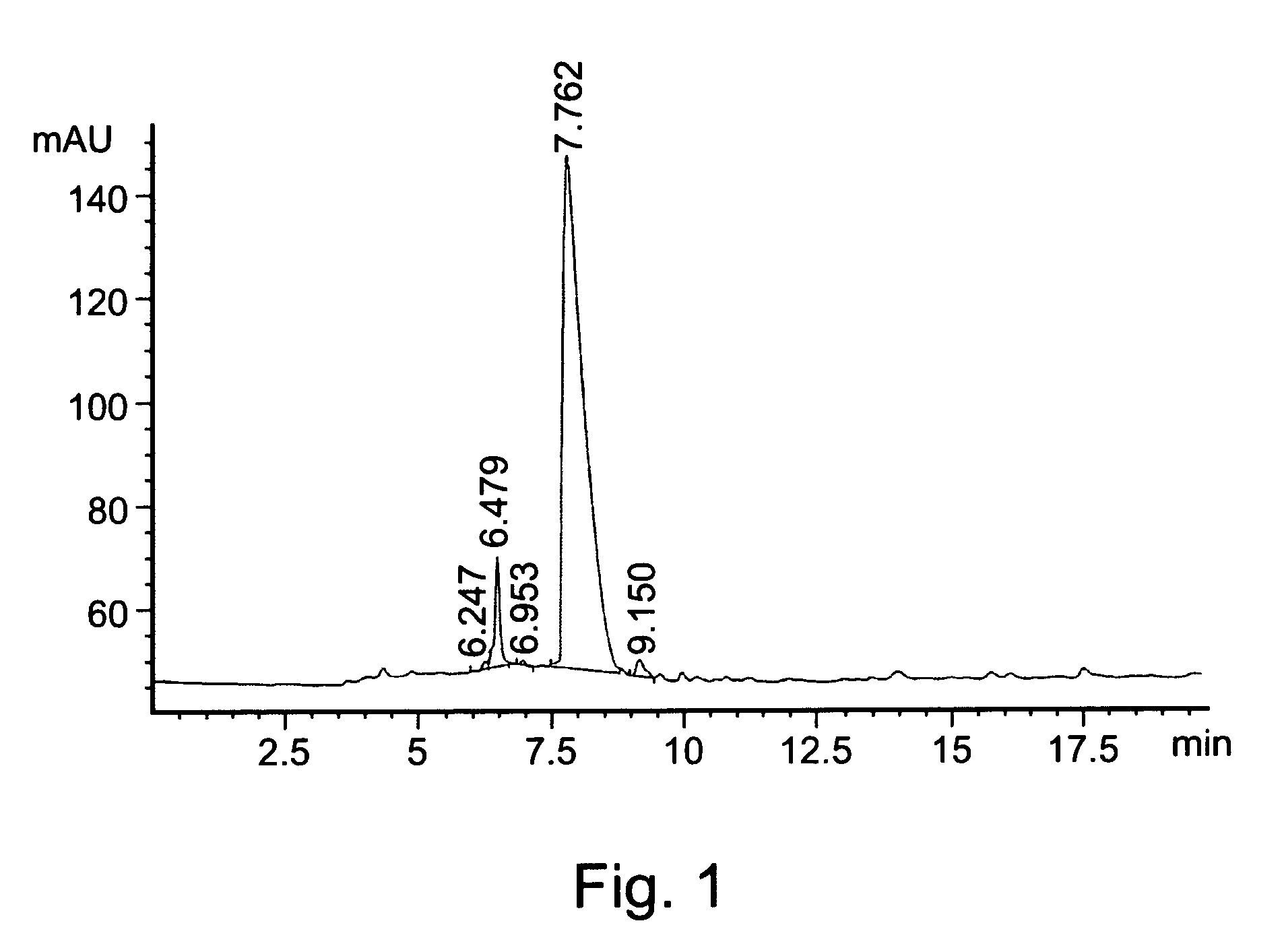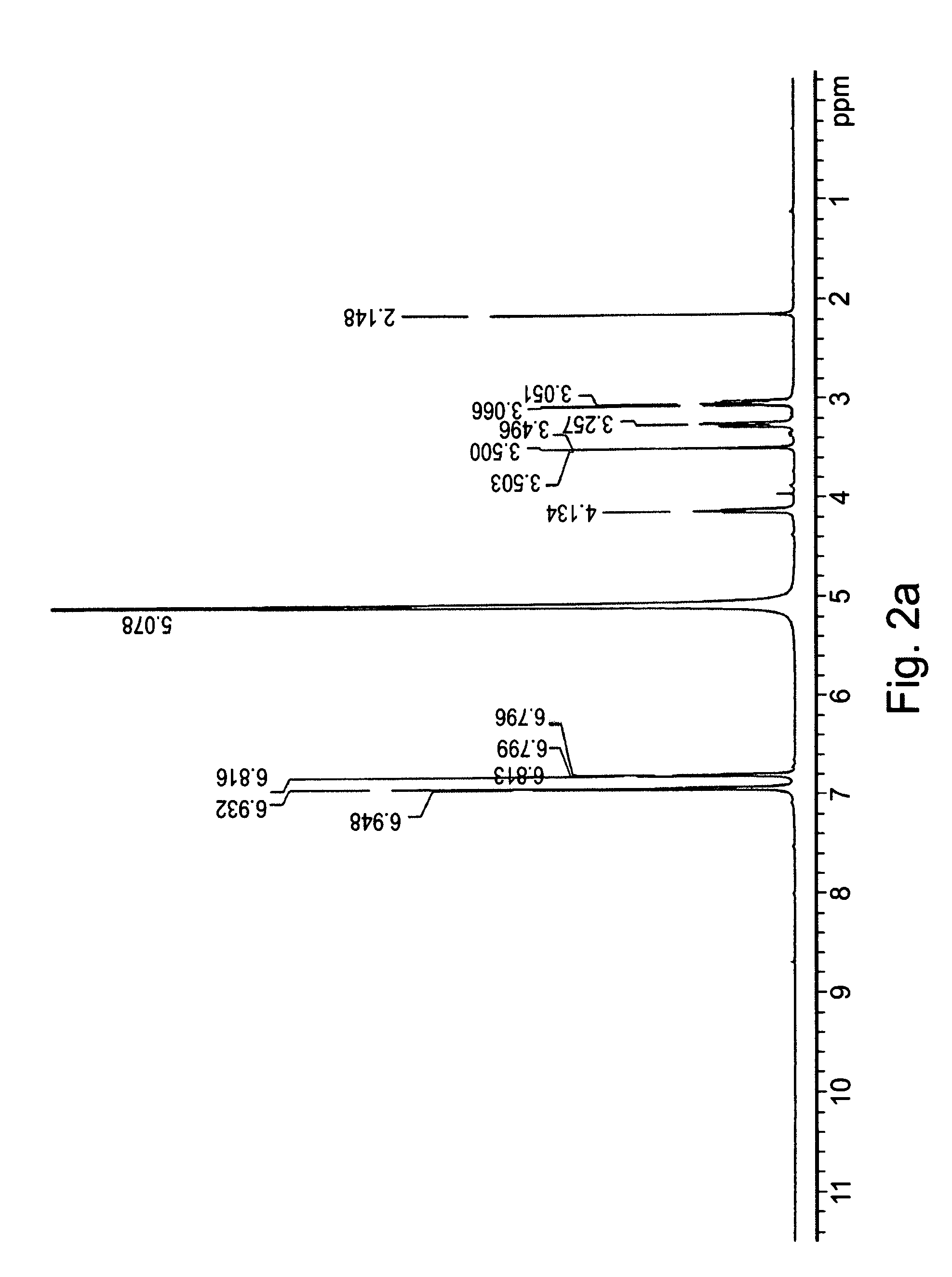L-DOPA amide derivatives and uses thereof
a technology of ldopa and amide, which is applied in the field of compounds and ldopa derivatives, can solve the problems of pd patients eventually progressing to a tragically debilitating rigid state, affecting the brain, and impairing vital activities, and achieves the effect of improving pharmacokinetic properties
- Summary
- Abstract
- Description
- Claims
- Application Information
AI Technical Summary
Benefits of technology
Problems solved by technology
Method used
Image
Examples
examples
[0181]Reference is now made to the following examples, which together with the above descriptions, illustrate the invention in a non limiting fashion.
Chemical Syntheses
[0182]Materials and Methods:
[0183]Chemicals were purchased from various chemical suppliers and were used as supplied.
[0184]Lyophilization was performed using standard technique and apparatus.
[0185]Mass spectrometry was performed as a service by IMI institute for Research and Development.
[0186]1H-NMR spectra were recorded as a service by IMI institute for Research and Development.
[0187]HPLC analyses were performed on a silica reverse phase C-18 column using a gradient acetonitrile / water mixture as a mobile phase.
[0188]Chemical Syntheses:
[0189]Synthesis of L-Dopamide (LDA):
[0190]L-DOPA (10 mmol) was added in portions to a cooled solution (6° C.) of thionyl chloride (20-30 ml) in methanol. The mixture was heated to 40° C., for 24 hours, and the solvents were thereafter removed under reduced pressure. The obtained crude e...
PUM
| Property | Measurement | Unit |
|---|---|---|
| diameter | aaaaa | aaaaa |
| diameter | aaaaa | aaaaa |
| diameter | aaaaa | aaaaa |
Abstract
Description
Claims
Application Information
 Login to View More
Login to View More - R&D
- Intellectual Property
- Life Sciences
- Materials
- Tech Scout
- Unparalleled Data Quality
- Higher Quality Content
- 60% Fewer Hallucinations
Browse by: Latest US Patents, China's latest patents, Technical Efficacy Thesaurus, Application Domain, Technology Topic, Popular Technical Reports.
© 2025 PatSnap. All rights reserved.Legal|Privacy policy|Modern Slavery Act Transparency Statement|Sitemap|About US| Contact US: help@patsnap.com



